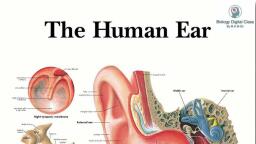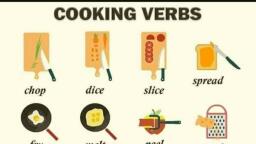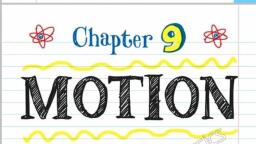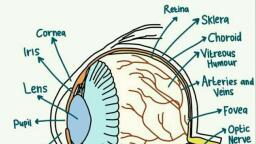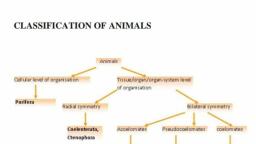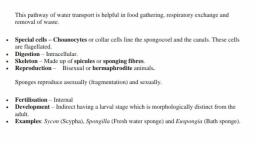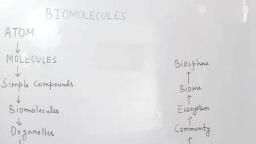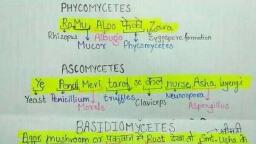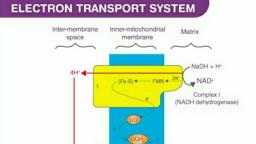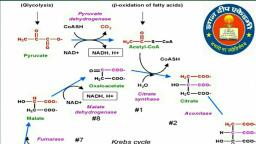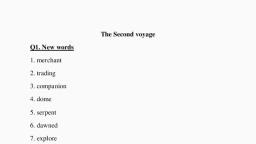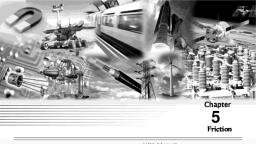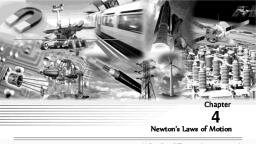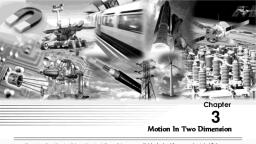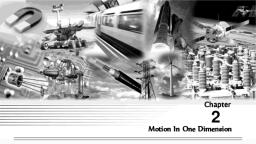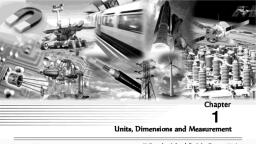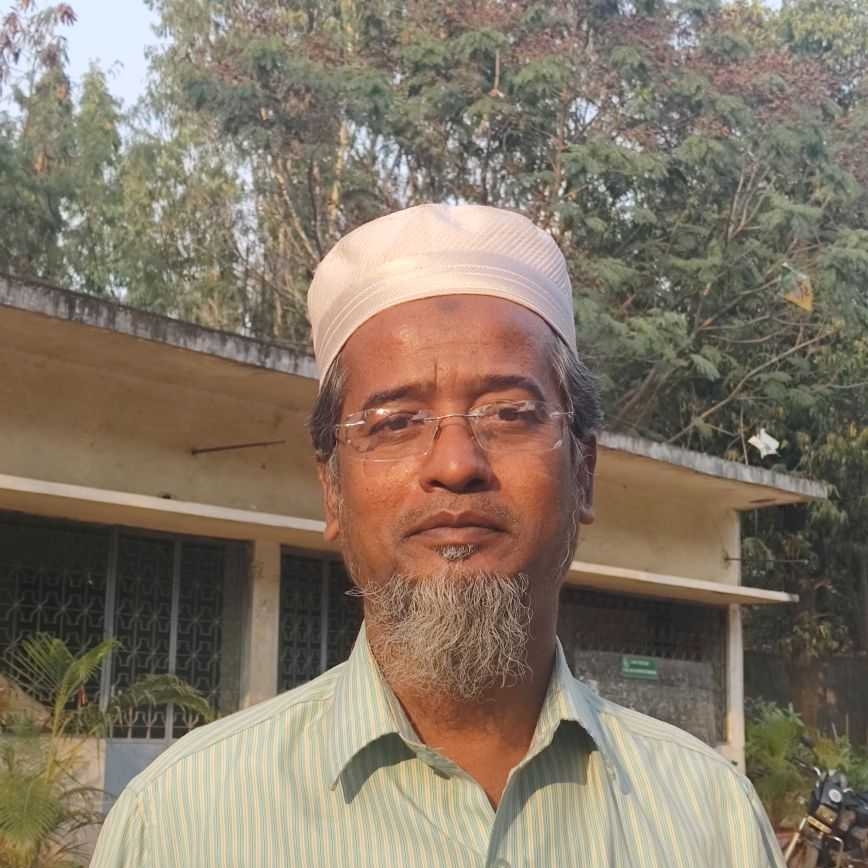Question 2 :
The tissue which has dead cells in the functional state is
Question 4 :
Which of the following characteristics are shared by both tracheids and trachea?<br>(a) Both are dead.<br>(b) Both conduct water.<br>(c) In both cross walls are perforated.<br>(d) Both have different kinds of wall thickenings.
Question 5 :
The outer walls of guard cells (away from stomatal pore) are ...A... While the inner walls (towards the stomatal pore) are ...B...<br> Choose the correct combination of A and B
Question 7 :
The dead, elongated cells having lignified thick cell wall occurring in groups, with tapering ends and serving a mechanical function are called -
Question 9 :
Select the incorrect pair out of the following.<br>Type of tissue Function
Question 10 :
Large number of xylary elements having vessels with wider activity are produced in
Question 11 :
<p>Which of the following statement is/are incorrect <img style='object-fit:contain' src="https://storage.googleapis.com/teachmint/question_assets/NEET/5ed0bd4222391749b43d1a1c"/>?</p><p>I. They are nocturnal omnivores that lives in the damp places</p><p>II. Its body is segmented and divisible in two region-head and abdomen</p><p>III. Antennae have sensory receptor to monitor the environment</p><p>IV. Head can move in all direction due to the presence of movable neck</p><p>The correction option is</p>
Question 12 :
Assertion : Non-myelinated nerve fibres do not possess nodes of Ranvier. <br>Reason : This is due to the absence of nissl's bodies in node of Ranvier.
Question 13 :
Which one of the following structures in Pheretima is correctly matched with its function?
Question 14 :
<p>Note the following statements.</p><p>I. It forms the lining of the cavities of alveoli of the lungs.</p><p>II. It forms the lining of wet surface like buccal cavity and oesophagus.</p><p>III. It occurs in the ducts of sweat glands.</p><p>IV. It forms the lining of salivary glands and sweat glands.</p><p>V. It is a loose connective tissue.</p><p>Which of the above statements are associated with simple epithelial tissue?</p>
Question 16 :
<p>Which of the following epithelium is composed of single layer of tall and slender cells?</p>
Question 23 :
<p>The technical term used for the androecium in a flower of China rose (<i>Hibiscus rosa sinensis</i>), is</p>
Question 24 :
<p>The type of tissue lining the nasal passage, bronchioles and fallopian tubes is</p>
Question 26 :
Match Column -I with Column - II and select the correct option from the codes given below.<table><tr><td>Column -I</td><td>Column -II</td></tr><tr><td>A. Marginal</td><td>(i) Sunflower, marigold</td></tr><tr><td>B. Parietal</td><td>(ii) Pea</td></tr><tr><td>C. Axile</td><td>(iii) Mustard, Argemone</td></tr><tr><td>D. Free central</td><td>(iv) Hibiscus, tomato, lemon</td></tr><tr><td>E. Basal </td><td>(v) Dianthus, Primrose</td></tr></table>
Question 27 :
<b>Assertion</b> : Cartilage (protein matrix) and bone (calcium matrix) are rigid connective tissue. <br><b>Reason</b> : Blood is connective tissue in which plasma is the matrix.
Question 31 :
{tex} \mathrm{Assertion}{/tex} : Annual rings do not occur in dicot trees growing on sea shore. <br>{tex} \mathrm{Reason}{/tex}: There is little climate variation.
Question 34 :
A student was given a sample of two tissues. He observes the tissues under the microscope and draws their figures (1 and 2) as shown below. Identify the tissues (1 and 2).<br /><img style='object-fit:contain' src="https://s3.ap-south-1.amazonaws.com/me-p/5f4cd00516d7e6154e45105a.jpg" />
Question 39 :
Identify figure - I and II respectively<br> <img style='object-fit:contain' src='https://storage.googleapis.com/teachmint/question_assets/NEET/5eccaf27bfb61641a6cb6e63' class="uploaded-image" />
Question 40 :
<p>Which of the following nephridia is responsible for exonephric excertion in earthworm?</p>
Question 42 :
Read the different components from (A) to (D) in the list given below and tell the correct order of the components with reference to their arrangement from outer side to inner side in a woody dicot stem.<br>(A) Secondary cortex (B) Wood <br>(C) Secondary phloem (D) Phellem
Question 46 :
Match column-I with column-II and choose the correct option.
<table>
<tbody>
<tr>
<td>Column-I</td>
<td>Column-II</td>
</tr>
<tr>
<td>A. Periplaneta americana</td>
<td>I. Hepatic caecae </td>
</tr>
<tr>
<td>B. A ring of 6-8 blind tubules</td>
<td>II. Phylum arthropoda </td>
</tr>
<tr>
<td>C. Vascular system</td>
<td>III. Spiracles</td>
</tr>
<tr>
<td>D. 10 pairs of small holes</td>
<td>IV. Malpighian tubules </td>
</tr>
<tr>
<td>E. Excretion</td>
<td>V. Open type</td>
</tr>
</tbody>
</table>
Question 47 :
Anatomically fairly old dicotyledonous root is distinguished from the dicotyledonous stem by
Question 48 :
Haversian canals in the bone of mammals are connected by small blood vessel called
Question 50 :
Nissl's granules are found in cyton of nerve cells. These have affinity for basic dyes. The granules are made up of
Question 51 :
<b>Assertion</b> : Ginger has a prostrate-growing rhizome. <br><b><b>Reason</b></b> : Shoot growth is not effected by gravity.
Question 52 :
<p>In a tissue the structure of cells varies according to their</p>
Question 53 :
The given figure shows the parts of flowering plant. Which parts of the given figure were involved in the following functions: <br />(i) Storing reserve food material <br />(ii) Synthesis of plant growth regulators. <br />(iii) Absorption of water and minerals from the soil. <br />(iv) Providing a proper anchorage to the plant parts<br /><img style='object-fit:contain' src="https://s3.ap-south-1.amazonaws.com/me-p/5f4cc0e016d7e6154e451047.jpg" />
Question 54 :
<p> <font face="Cambria Math, serif">The frogs have the ability to change its colour to hide them from their enemies. This protective colouration is called</font></p>
Question 55 :
Which of the following statement(s) is/are correct about the fruit? <br>(i) Fruit is a mature or ripened ovary, developed before fertilization. <br>(ii) It consists of a wall or pericarp and seeds. <br>(iii) When pericarp is thick and fleshy, it is differentiated into outer mesocarp, middle epicarp and inner endocarp. <br>(iv) In mango and coconut, the fruit is known as a berry.
Question 57 :
<p> <font face="Cambria Math, serif">The lacunae in vascular bundle of monocot stem is </font> </p>
Question 59 :
Sieve tubes are suited for translocation of food because they possess (1989)
Question 61 :
<p> <font face="Cambria Math, serif">Largest number of chloroplast is found in</font></p>
Question 62 :
<p> <font face="Cambria Math, serif">Consider the following statements about the connective tissue</font></p> <p> <font face="Cambria Math, serif">I. Their special function is linking and supporting the other organs tissue of the body</font></p> <p> <font face="Cambria Math, serif">II. It is the most abundant type of animal tissue</font></p> <p> <font face="Cambria Math, serif">III. Blood is a specialised connective tissue which contains collagen</font></p> <p> <font face="Cambria Math, serif">IV. The cells of connective tissue secretes mucous</font></p> <p><font face="Cambria Math, serif">Which of the statement given above are incorrect?</font></p>
Question 64 :
<p> <font face="Cambria Math, serif">Cuticle is absent in which part of plant?</font></p>
Question 65 :
<p>Small branches produced from lower 2 to 3 nodes in jowar are called</p>
Question 67 :
List of some of the secondary permanent tissue is given below :- <br>(A) Alburnum <br>(B) Duramen <br>(C) Phelloderm <br>(D) Phellem <br>(E) Secondary xylem <br>How many of them are the product of phellogen?
Question 69 :
<p> <font face="Cambria Math, serif">Which of the following have sunken stomata?</font></p>
Question 70 :
<p> <font face="Cambria Math, serif">Which of the following statement is/are correct in relation with epithelial tissue?</font></p> <p> <font face="Cambria Math, serif">I. It helps in protection and storage</font></p> <p> <font face="Cambria Math, serif">II. It helps in excretion and reproduction</font></p> <p> <font face="Cambria Math, serif">III. It helps in absorption and secretion</font></p> <p><font face="Cambria Math, serif">IV. It helps in locomotion</font></p>
Question 71 :
<p> <font face="Cambria Math, serif">The technical term used for the androecium in a flower of China rose (<i>Hibiscus rosa sinensis</i>), is</font></p>
Question 74 :
<p> <font face="Cambria Math, serif">Which of the following part of the cockroach helps in the removal of excretory products from the haemolymph?</font></p>
Question 80 :
<p> <font face="Cambria Math, serif">Epithelial cells of the intestine involved in food absorption have on their surface</font></p>

